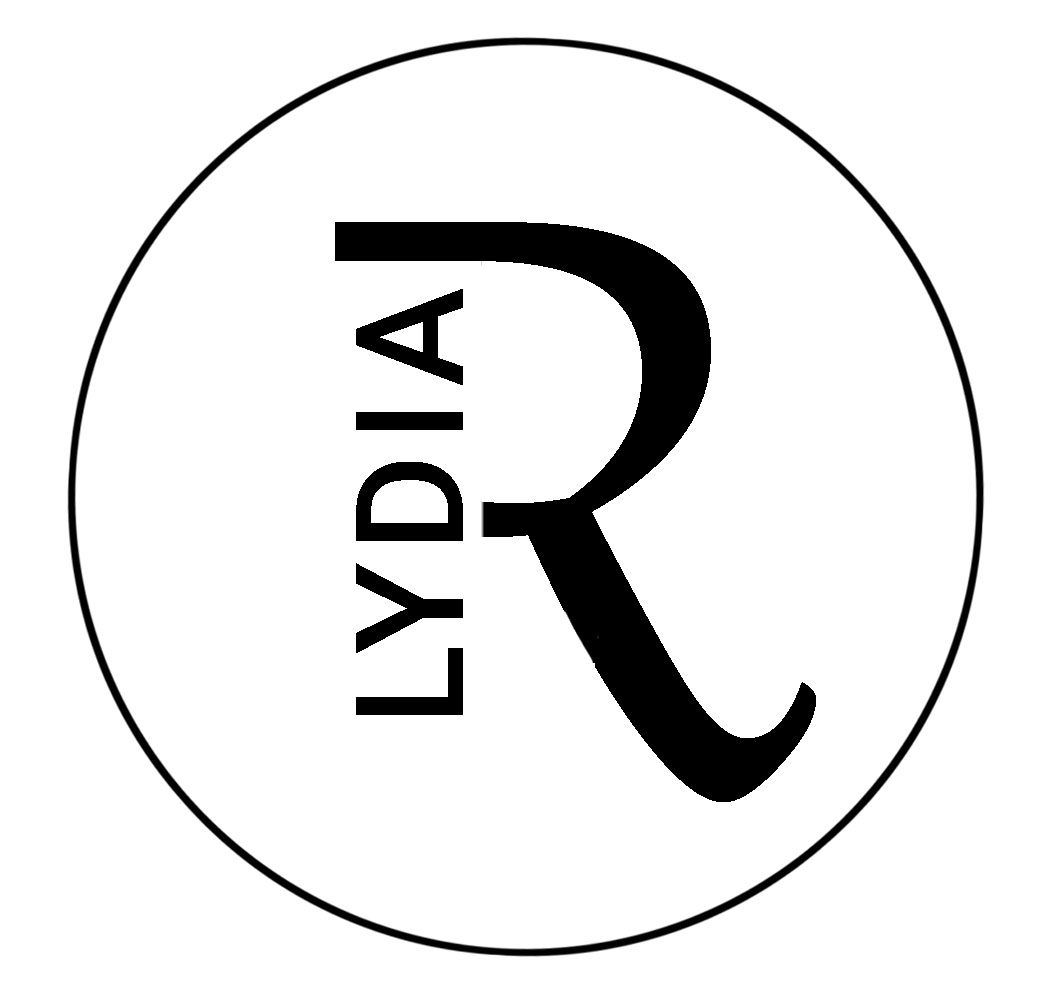2018 was the first time I worked with collages. I didn’t know much about collages yet and mainly used material from books and magazines. I really liked working with paper. And that I could always rearrange the parts I used in the collage process was very liberating, unlike drawings or painting.
What bothered me a lot, though, was how the paper behaved when I glued it on. It was so frustrating. Either the paper was too thin and became very wrinkled when I glued it on, or it was so absorbent that the glue was gone before I could glue the collage piece on. What I also found frustrating was that I often couldn’t find paper in the right colors.
I kept looking for new material to find out what I could work with best.Step by step I started to create my own collage paper.
Creating your own collage paper has several advantages.
👉 As a base you can choose the kind of paper you like to work with.
I like to use drawing paper because it’s not so thin that it wrinkles when you glue it on and it’s not too absorbent. I also like to use white tissue paper. This becomes almost invisible when you glue it to white background. So you can create great layering effects on the collage.
To decorate the paper I like to use acrylic paints, waterproof pencils and ink. I don’t like to work with watercolor because it gets dissolved and smudges when I use a wet glue. To avoid this, I prefer to use waterproof materials.
👉 The second advantage of creating your own collage paper is that you can create unique and very own patterns and shapes. For example, if you use homemade stencils and stamps or your handwriting to create collage paper.
👉 And the third advantage is that you can use your favorite colors in various shades to create collage paper. Collage design becomes a lot easier when you can use paper you like to work with, in the colors and shades you like.
Are you looking for videos, tutorials, tips & tricks on how to make your own collage paper?
Join the A&I Community and let’s create together.

